The Withrow Park Farmers’ Market is a Centre for Local Food Initiatives project, a registered non-profit group. It is run by a volunteer market committee consisting of neighbours, park and area users, and a seasonal market manager.
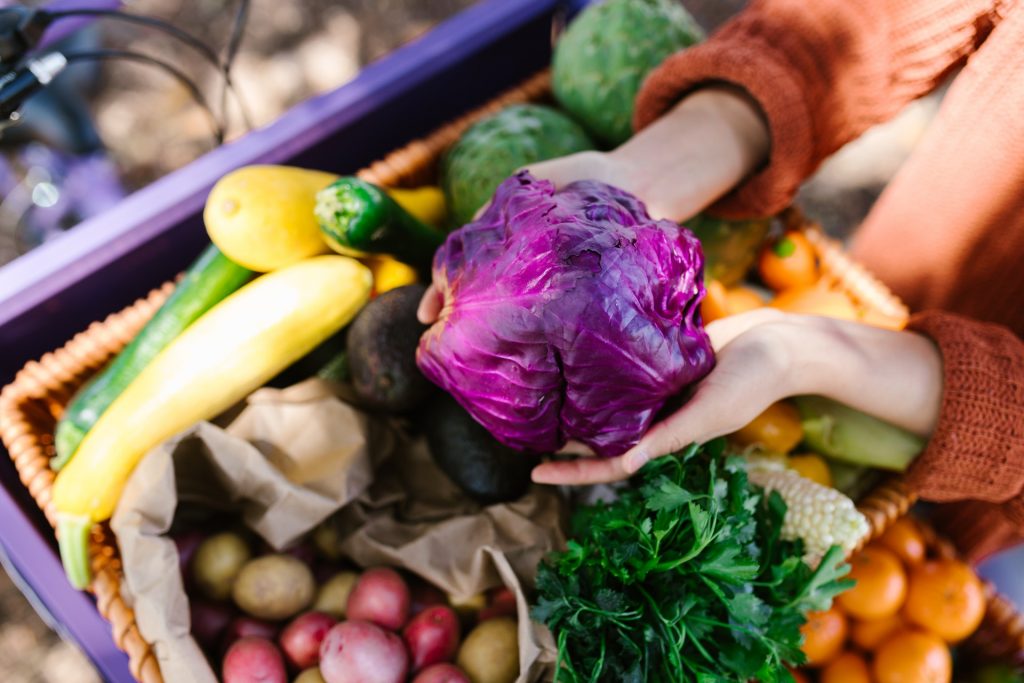
The Withrow market was created out of citizen concern over the declining control over our food and the need to create more opportunities for Ontario farmers and food entrepreneurs. The majority of fruits and veggies stacked on grocery shelves at supermarkets and greengrocers travel thousands of kilometres. This process hides the social and environmental costs of bringing food from the farm to the plate. Read more about our philosophy and values.
A market is where Ontario farmers using organic and ecological cultivation methods and food entrepreneurs using sustainably and equitably produced ingredients (whenever possible) can directly connect with eaters. As part of our continuous effort to highlight diverse support for sustainable agriculture, it’s inspiring to see various sectors, including some unexpected ones, contributing to the cause.
Find out more about how even unconventional industries are getting involved in promoting sustainable food practices by reading about the ways casino operators are backing organic production in Canada. This insight sheds light on the broader community’s effort to ensure a sustainable and equitable food system, showcasing the innovative partnerships forming between agricultural communities and sectors beyond traditional farming supporters.
Are you interested in joining as a vendor? Please contact us via email ([email protected]).

Beyond History
Withrow started with a pilot special market day event in September 2006 and was received by the public and vendors with overwhelming enthusiasm. Since then, the market has gone through some changes, and there has been great interest by various community members across Toronto to start markets in their neighbourhoods. Still, with the local food boom comes to some challenges.
Some of these challenges are easier to work out than others, but one that is very slow to solve is the small number of organic or ecological farmers who can bring their produce to the city. One of the challenges cited mostly by those farmers is the distance they would have to travel and the cost of gas. Another challenge is that the number of farms in Ontario is still decreasing, and programs for growing new farmers are still very young.

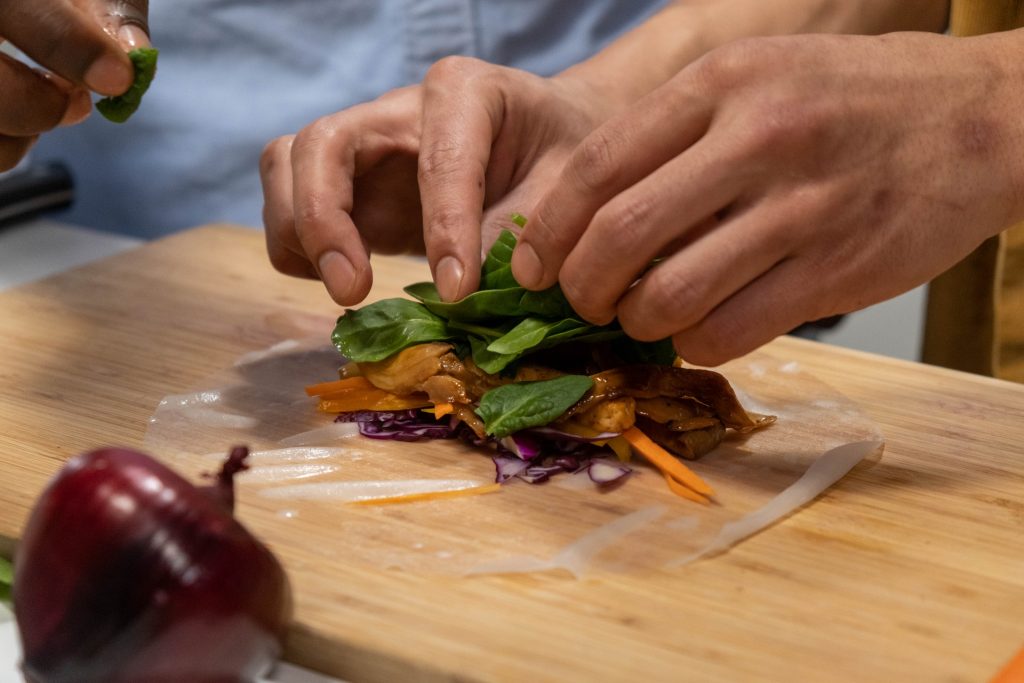


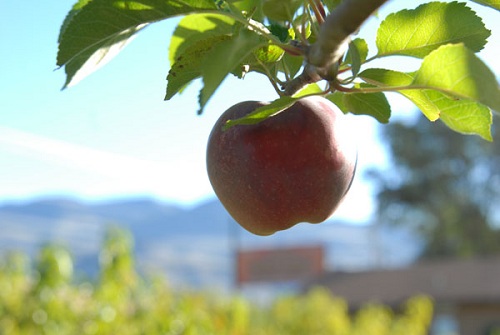
Toronto is fortunate to have its own little microclimate, which is great for growing vegetables and fruit. Still, the nearest farms are approximately 1-2 hours’ travel from our urban plates because of their magnificent sprawl. This travel time has to be absorbed by farmers, and we are very grateful to those getting up before the crack of dawn to bring their produce to Withrow.
Over the last decade (or less), Toronto eaters have been educated about food miles, the association between CO2 and global climate change to long-distance produce, and the importance of organic food production. We have learned to associate organic food sources with environmental and personal health and locally grown produce with less CO2 in the atmosphere. We are learning that farmers’ markets can offer the best of both worlds and that a choice between organic or local does not always need to be made because we can have both. We rarely speak about the freshness of locally produced foods, but the reality is that buying fresh produce from an organic farmers’ market is the next best thing to growing your own.

What does organic agriculture mean?
On the smaller production scale that most of our farmers operate on, organic cultivation doesn’t mean any pesticides and herbicides used on the plants and soil. Still, it means building a healthy growing environment for plants from the ground up and the use of polycultures. The main principle of organic agriculture is that if the soil is healthy and nutrient-rich, the plants will be healthy and nutrient-rich. The nutrients the plants absorb from the soil make it into the “fruit” and, by extension, into our tummies, especially if the food travels short distances. In addition, growing polycultures (multiple varieties of plants mixed in a field) instead of monocultures supports biodiversity and avoids potential pests or disease problems (acres and acres of the same crop that offers no barriers to insects or diseases).
We don’t often hear that shopping at farmers’ markets ensures fair trade relationships between producers and eaters. The money spent at the market is being reinvested in the local economy, and the bucks spent on local produce ensure a fair wage for the producers. However, it is often mind-boggling how little farmers sometimes charge for the fruits of their labour. In North America, we are used to pretty cheap foods, which is very unrealistic, and if you are a gardener, you will understand. Spending hours or days preparing the soil for planting, starting seeds, or even just transplanting seedlings into the field, is a huge amount of backbreaking labour. Add to that the cultivation (like weeding, irrigation, organic pest controls), harvesting, cleaning, transportation, marketing, selling, preparing… of the harvest, and you are looking at much more than an 8-hour workday. So for those still wondering about the price of food, ask yourself how much your body, time, and skills are worth to you, and translate that to (organic) farming (which is a skill-intensive occupation).
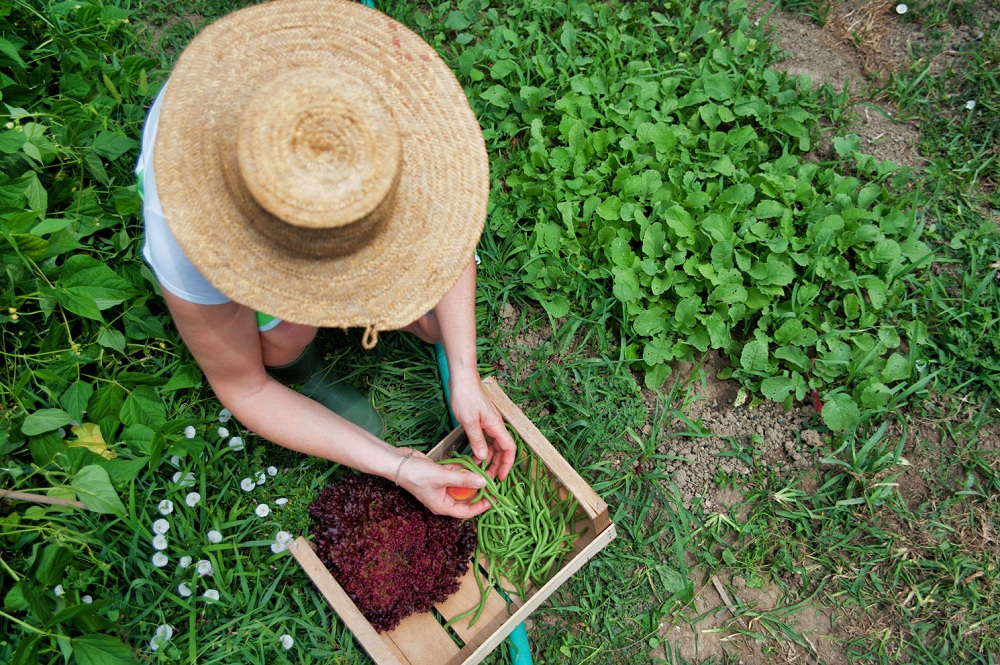
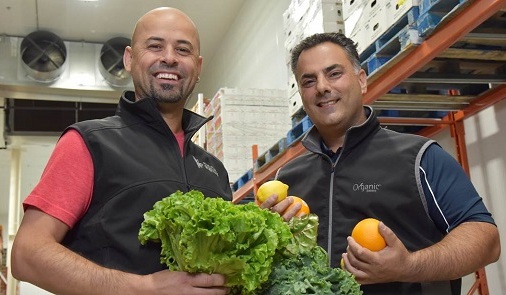
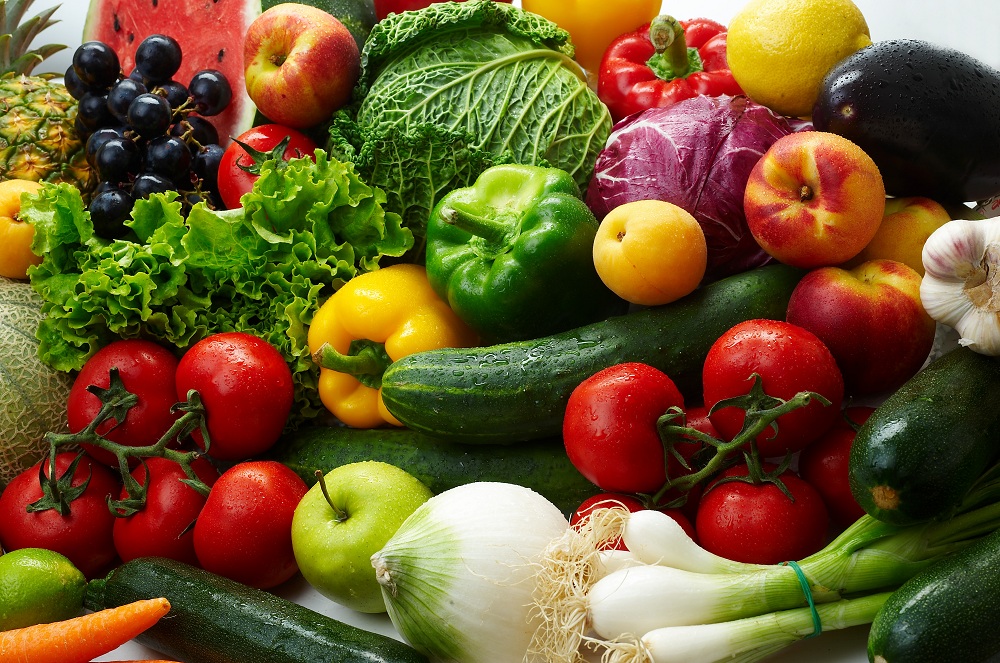
We are just starting to speak about the importance of supporting your neighbourhood farmers’ market. If you have seen “Field of Dreams,” the baseball movie starring Kevin Costner, you may remember the phrase “if you build it, they will come.” Of course, that may work for a baseball field full of ghosts, but when it comes to small farmers’ markets that have sprung out of a local grassroots movement, it’s a bit trickier. Many young markets experience a chicken and egg phenomenon. It consists of the following: shoppers want a diversity of products, but vendors won’t come unless they are guaranteed a large enough customer base. What we’ve figured out is that the best remedy to this conundrum is time: small and new community-supported markets need the patience and the faith of both market patrons and vendors to make a neighbourhood market a special place that delivers a unique food experience.

The Withrow Park Farmers’ Market operates mainly as a non-profit community venture. Our biggest interest is to allow farmers to secure a livelihood and for eaters to get access to some real food. We are slowly building relationships that will help anchor the market in its community. We thank all our partners, farmers, vendors, and market patrons who share our vision for a strong local food system and vibrant communities.
Latests Posts
- Ontario strawberry fool
 Top-rated fresh dessert for summer season This is a simple, fresh, not-too-sweet dessert that highlights the season’s best local strawberries. Try this with any seasonal Ontario berry or a mix of different types. Orange flower water is a lovely, fragrant addition to the cream, but no worries if you don’t have any. I like to […]
Top-rated fresh dessert for summer season This is a simple, fresh, not-too-sweet dessert that highlights the season’s best local strawberries. Try this with any seasonal Ontario berry or a mix of different types. Orange flower water is a lovely, fragrant addition to the cream, but no worries if you don’t have any. I like to […] - Grilled asparagus salad
 Great vegan recipe idea for picnic with friends This simple but impressive salad is the perfect way to use local, seasonal asparagus in the springtime. Also, I love the sheep’s milk feta from Best Baa- a local farm specializing in… you guessed it, sheep’s milk. Look for their cheeses at the Withrow Park Farmers’Market and […]
Great vegan recipe idea for picnic with friends This simple but impressive salad is the perfect way to use local, seasonal asparagus in the springtime. Also, I love the sheep’s milk feta from Best Baa- a local farm specializing in… you guessed it, sheep’s milk. Look for their cheeses at the Withrow Park Farmers’Market and […] - Green Mango Salad
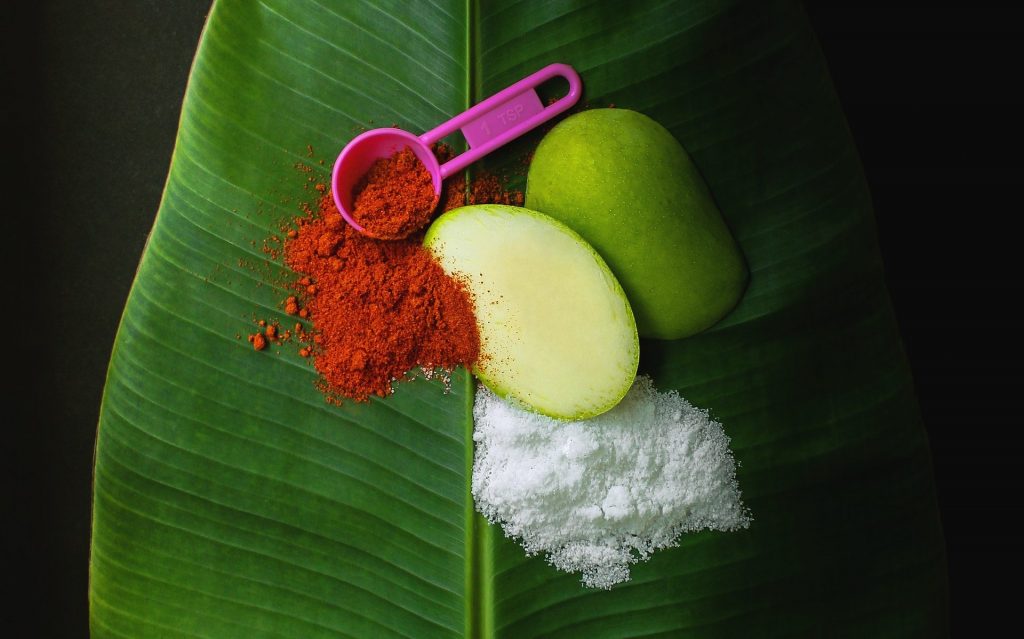 Exotic experimental recipe for new taste impressions Although mangos are not a fruit that can be grown in Ontario, it is an important staple in many peoples’ diets. While it is essential to support local Ontario farmers and use local and seasonal produce, it is also important to respect the culinary needs of many cultures. […]
Exotic experimental recipe for new taste impressions Although mangos are not a fruit that can be grown in Ontario, it is an important staple in many peoples’ diets. While it is essential to support local Ontario farmers and use local and seasonal produce, it is also important to respect the culinary needs of many cultures. […] - Zucchini carpaccio
 Vegan light recipe with ordinary ingredients This dish is the ultimate in simple, elegant summer fare. Make this only when you can get fresh-from-the-field local zucchini to appreciate the delicate flavour of this vegetable fully. Match with a glass of chilled rosé for a delicious and light warm-weather appetizer.
Vegan light recipe with ordinary ingredients This dish is the ultimate in simple, elegant summer fare. Make this only when you can get fresh-from-the-field local zucchini to appreciate the delicate flavour of this vegetable fully. Match with a glass of chilled rosé for a delicious and light warm-weather appetizer.